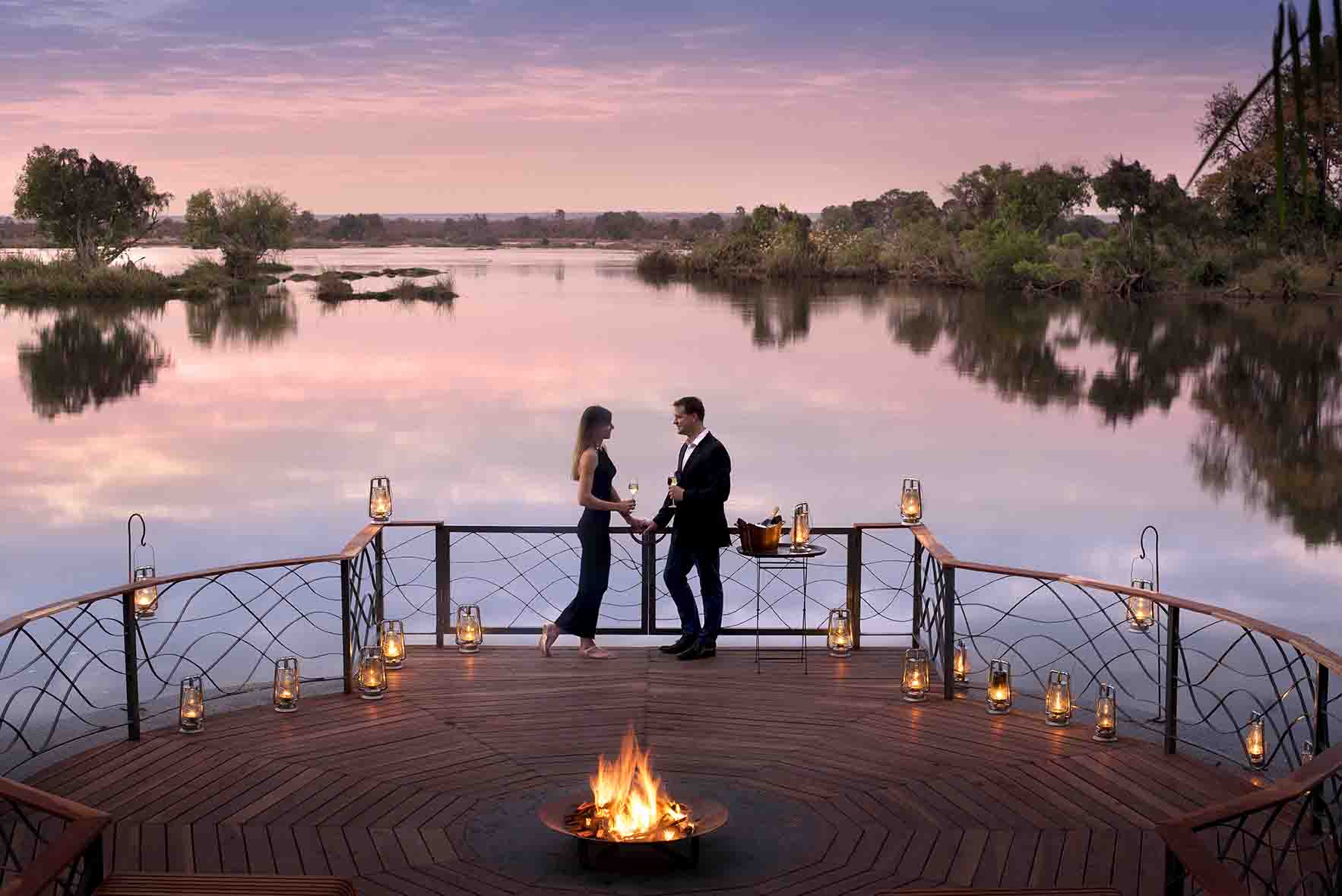What will I experience?
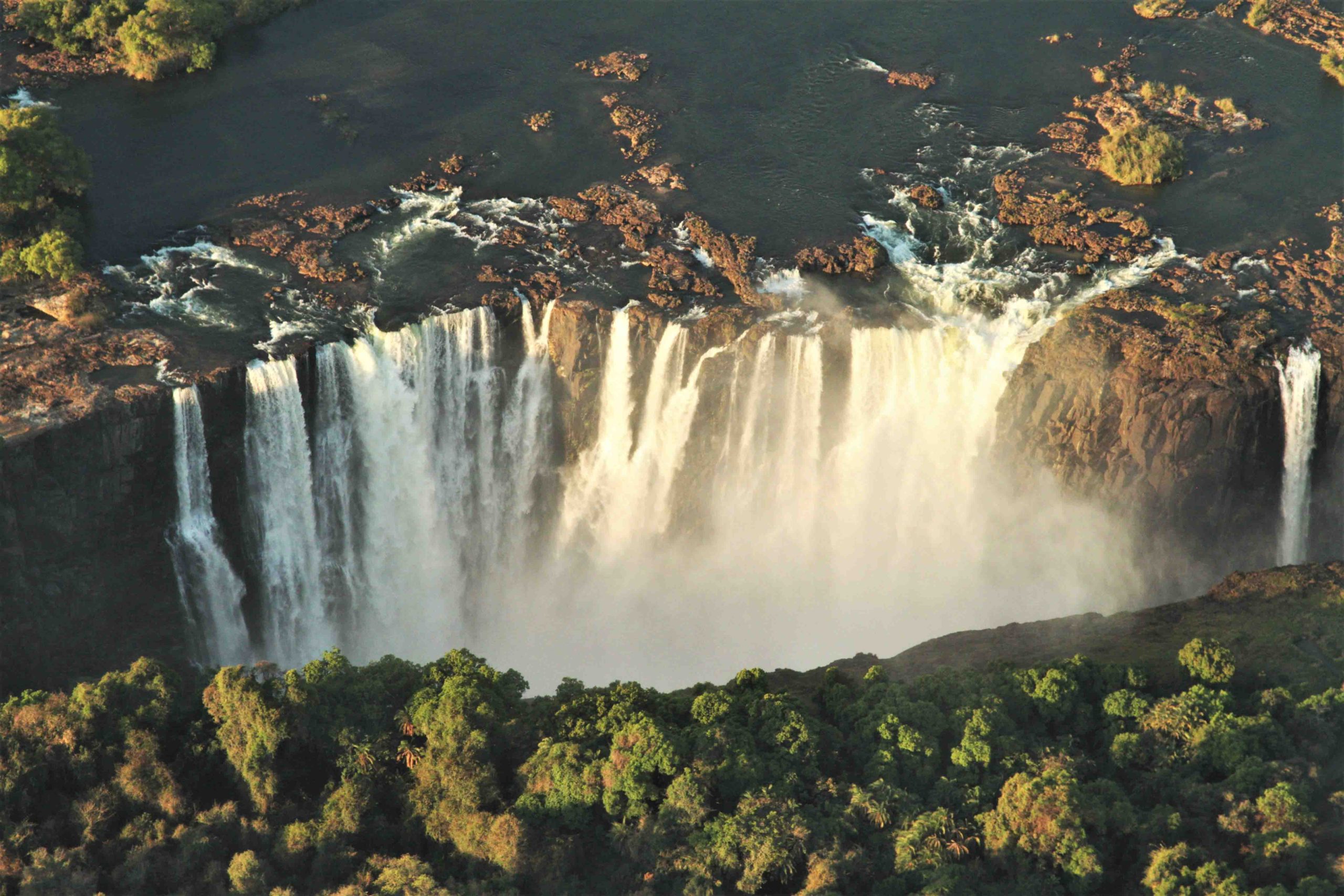
Rising in the distance you see a cloud of smoke, so thick and high that you wonder what could have caused it. As you draw nearer the smoke begins to change, glistening in the sun, casting colour
prisms in every direction, you realise it’s not smoke at all.
Then you hear it, the rumbling of thunder, dull at first, but growing ever more powerful as you continue towards the sound. This thunder does not break, it is constant, as is the misty plume of spray you are heading towards.
You arrive at the lookout point, your heart pounding and the excitement building as you look out over the magnificent work of nature that is the Victoria Falls. The water cascades and crashes down into the gorge, creating spray and rainbows. The beauty is unimaginable and the sheer power of what lies before you is breathtaking.
Read More
Finally you understand, “Mosi-oa-Tunya” the words that were on the lips of the young Sotho men who worked as porters for David Livingstone all those years ago. They walked towards this formidable place, burdened by their loads and the fear of what lay, unknown, before them. Uncertain with every step of what they might find when they reached the source of the thunderous smoke. Not knowing that what they would find would be imprinted on their hearts and memories forever.
So special is this place that once you have seen it, you will always be drawn back, the magnificent allure is mesmerizing. The “Smoke that Thunders” becomes a part of you, as fundamental as the beating of your own heart, she beats the pulse of the mighty Zambezi River, the heart, some might say, of Africa.
Tell me more
Located on the border between Zimbabwe and Zambia, Victoria Falls is the world’s largest waterfall and spans a width of 1 708 metres (5 604 feet) and a height of 108 metres (354 feet).
This iconic waterfall on the Zambezi River was named on 16 November 1855 by David Livingstone for Queen Victoria, Livingstone is believed to have been the first European to view the falls. The Sotho name “Mosi-oa-Tunya” given to the falls by Livingstone’s porters translates to “The Smoke that Thunders” and is still commonly used today. Both names are recognized in the listing of the falls as a UNESCO World Heritage Site. A third name, believed to be even older is “Chongwe” which translates to “The Place of the Rainbow” and refers to the rainbows that are formed by the constant spray of the falls.
At the peak of the rainy season more than five hundred cubic metres (17 657 cubic feet) of water flow over the edge of the falls every minute, a thundering sound that can be heard from 40 kilometres (25 miles) away. This vast curtain of falling water produces columns of spray and mist that can reach heights of 400 metres (1 312 feet) and can be seen from up to 50 kilometres (31 miles) away. These incredible features make Victoria Falls one of the most magnificent waterfalls in the world as well as one of Africa’s most spectacular attractions.
When should I go?
The best time to visit Victoria Falls from a viewing standpoint is from February until May, after the region has experienced its summer rainfalls. This is when the Zambezi River’s volume is at its greatest, which means the sheet of falling water is at its largest and most spectacular. While the rainy season begins in November, it takes time for the water to travel downriver from the Angolan Highlands. This means that for a couple of months the river is gaining volume, culminating in an unforgettable scene as it flows over the falls.
It is important to note that the peak season to see the falls does not coincide with the peak wildlife viewing season, or activities like white water rafting and swimming in the Devil’s Pool, which are too dangerous when water levels are at their highest. So if you are planning your visit to Victoria Falls as part of a bigger trip to one of the nearby safari destinations or you have your heart set on the water
activities it is advisable to travel between June and August. This will allow you to maximize game viewing opportunities and water activities, while still being able to witness an incredible spectacle at Victoria Falls. It is not recommended to plan your visit in October or November at the end of the dry season, as the water levels are at their lowest and the weather is very hot.
Gallery
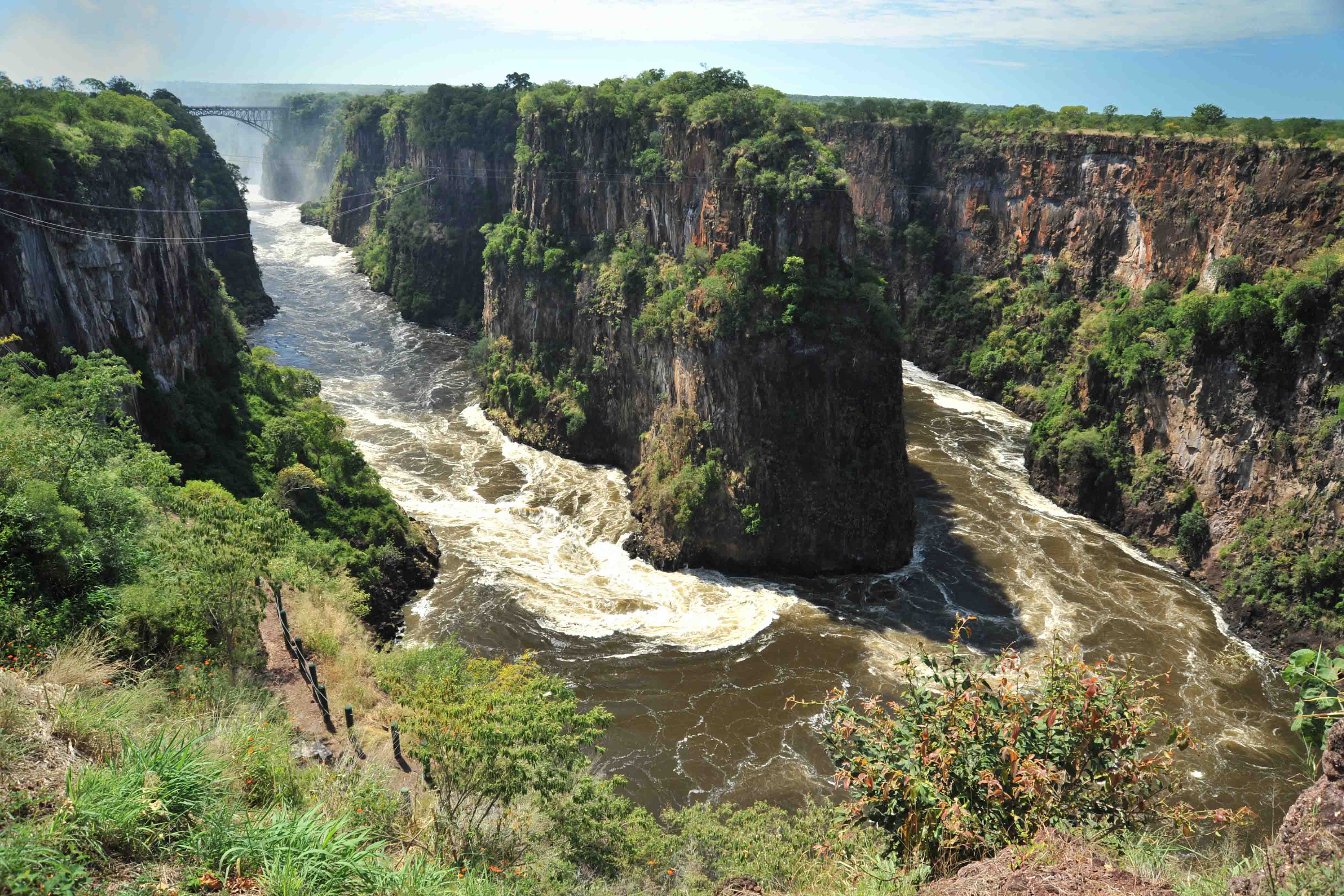
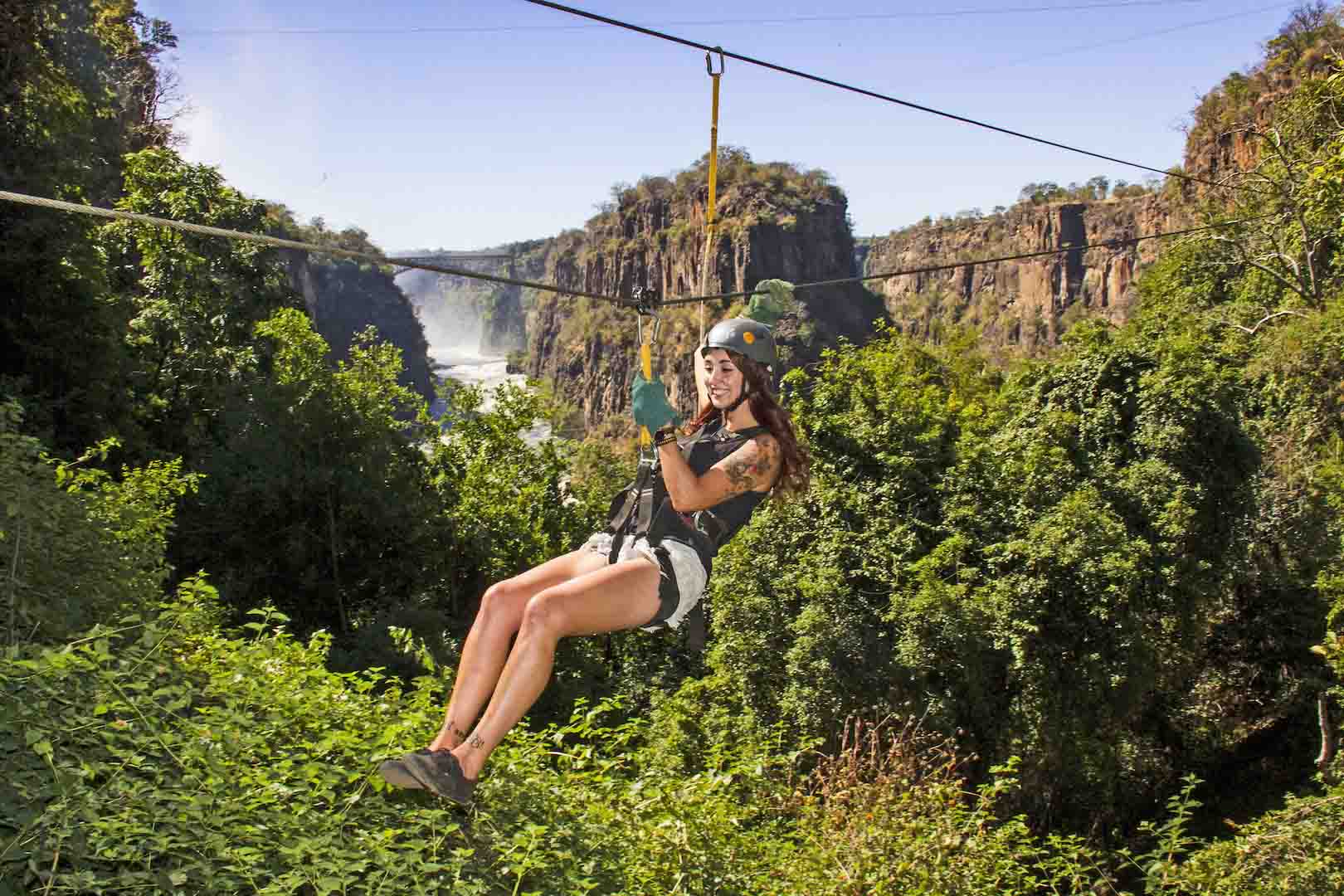
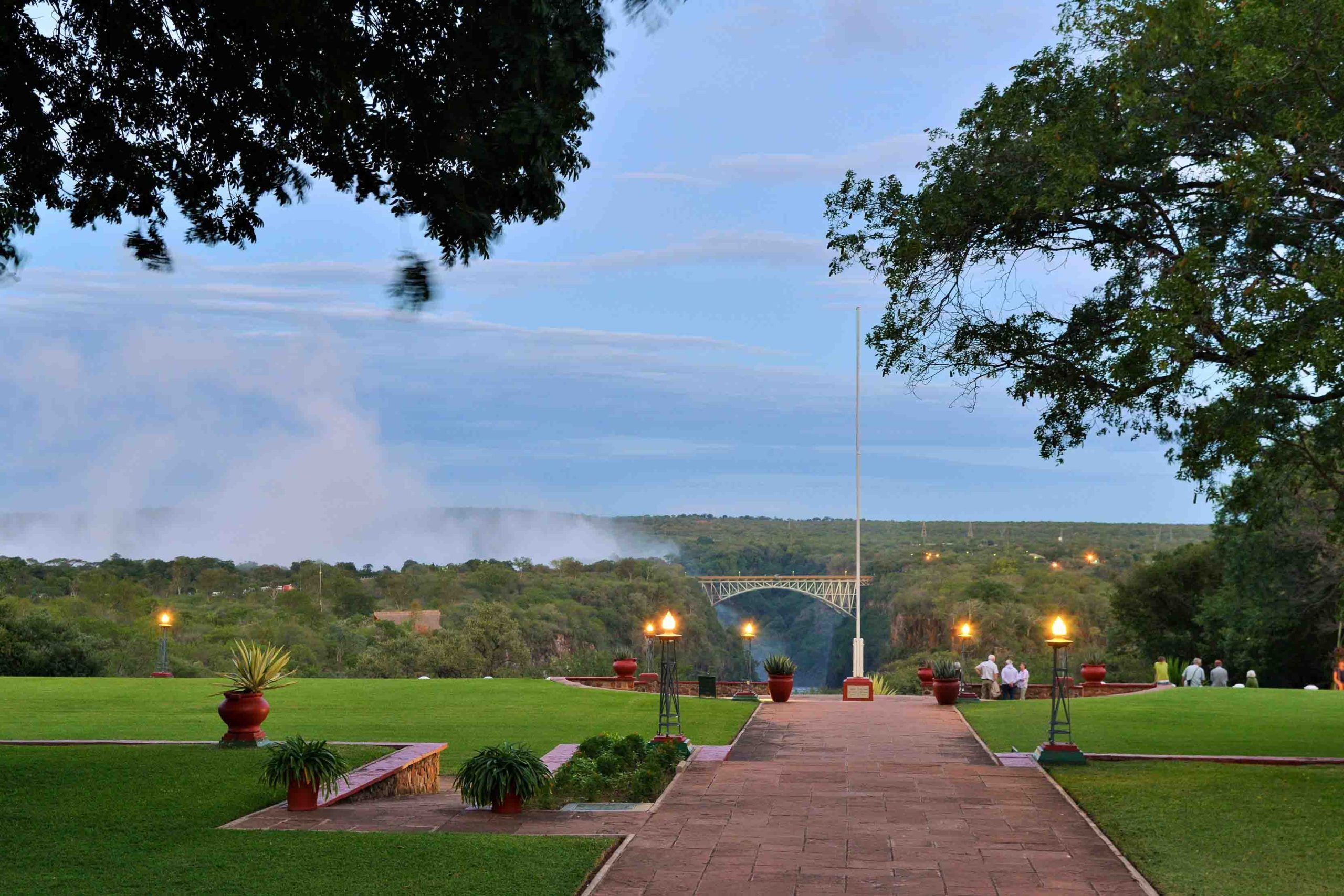
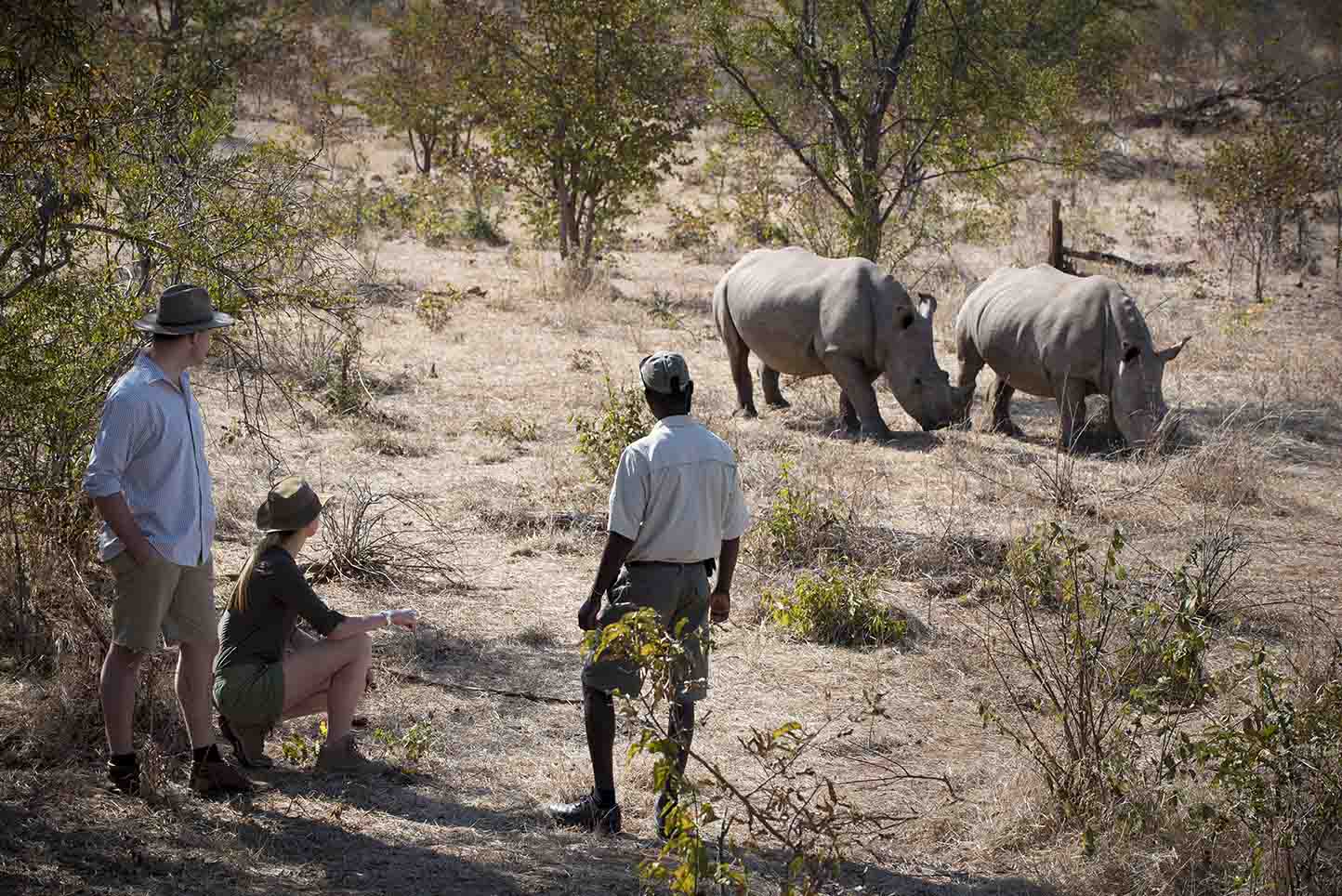
CAMPS

Stanley and Livingstone Boutique Hotel
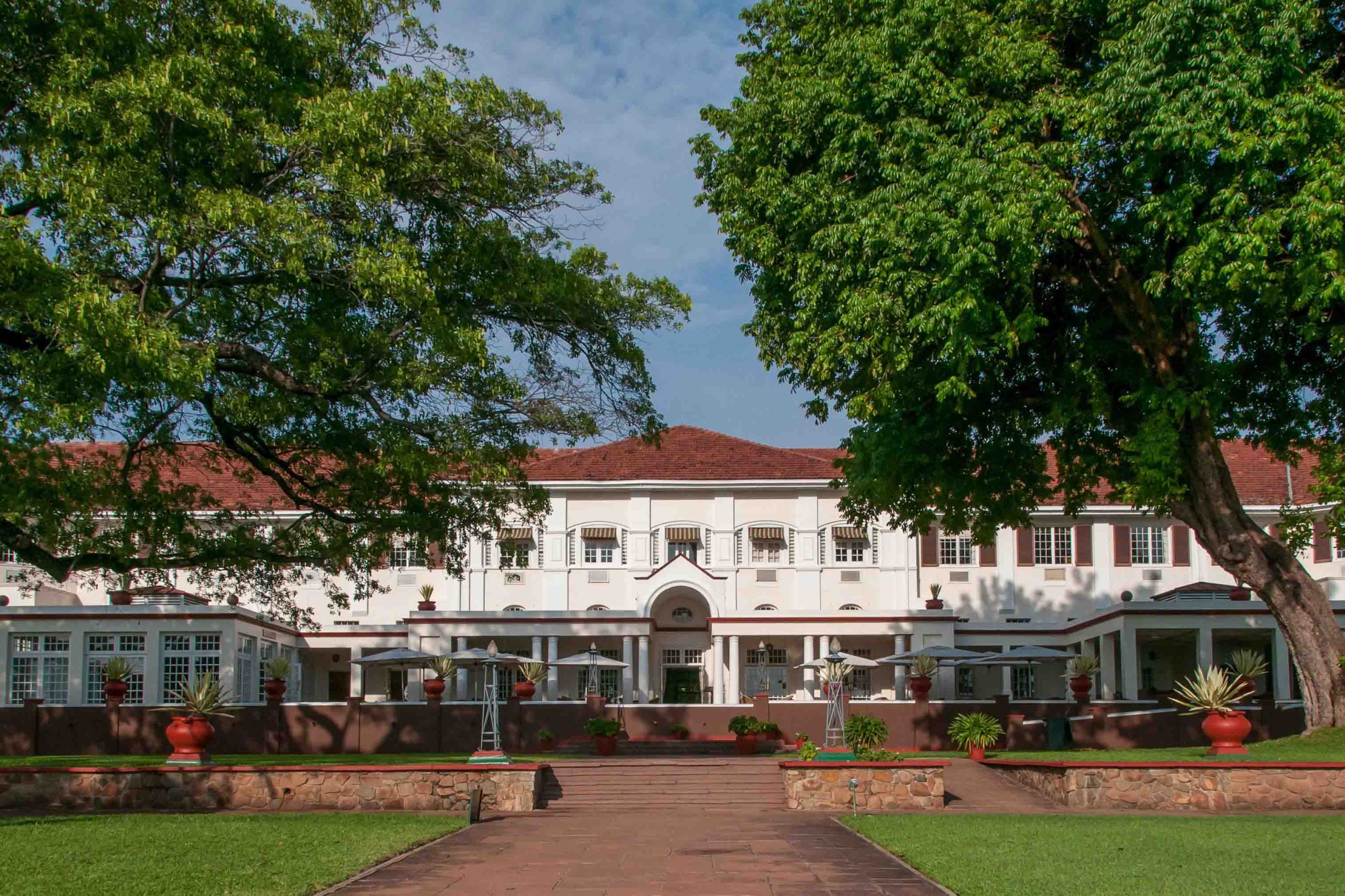
Victoria Falls Hotel
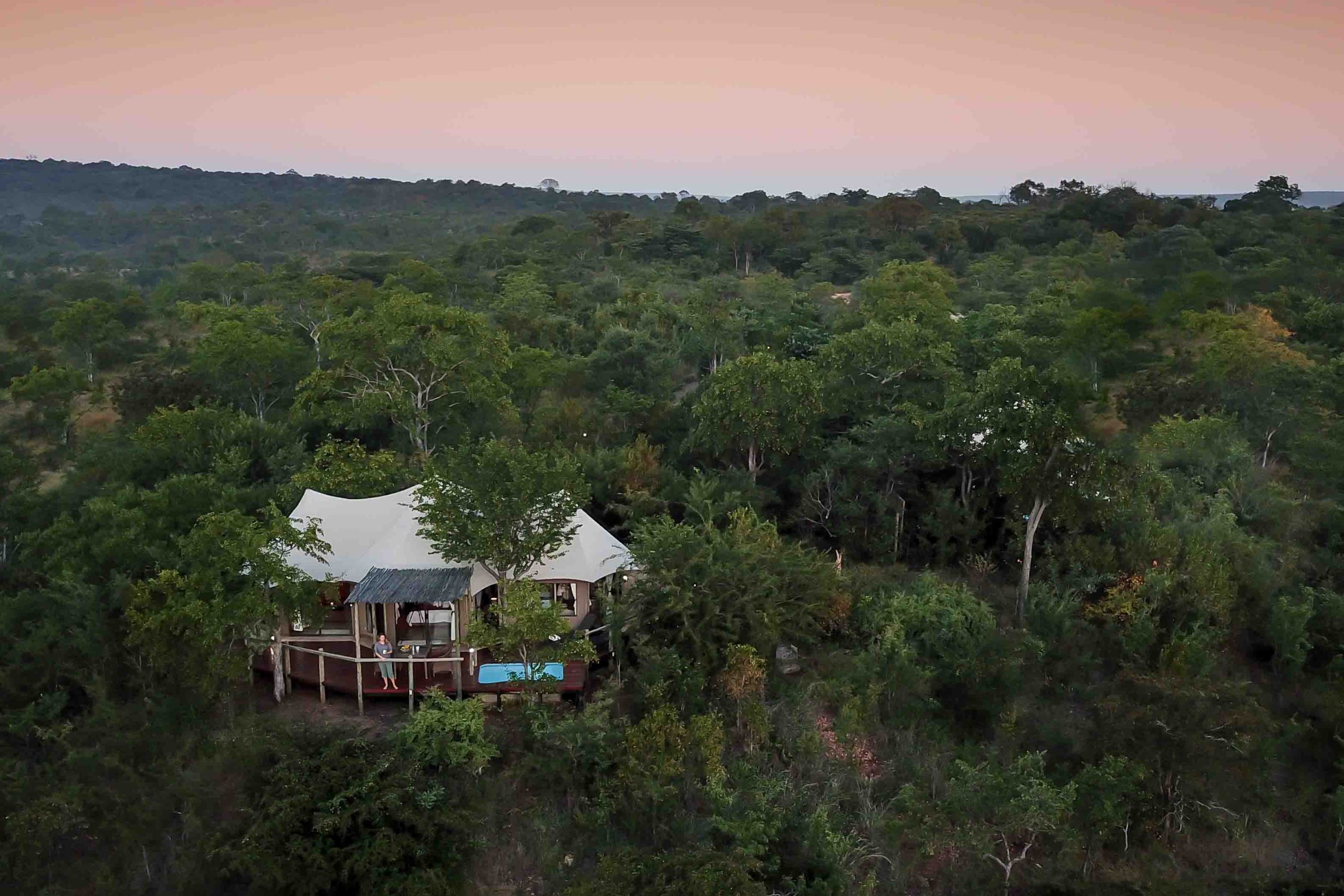
The Elephant Camp
